
 |
|
|
|
|
#1 |
|
Member
Join Date: Dec 2004
Posts: 987
|
Here is an interesting example of the fusion between daab and nihon-to that was popular during the middle and late Ayutthaya Period. According to Khun Nattapat, Director of Research at the Thai National Museum (interview by Dan Wilke), as the popularity of Japanese swords increased, the Monarch required that they must show a Thai influence (i.e., Thai decorative features and motifs). This resulted not only in katana blades mounted in a Thai style, but blades such as this, which are purely Thai in manufacture yet display a distinct Japanese flavor. The grip is done with a pattern that somewhat abstractly depicts the kind of silk cord wrapping found on nihon-to. The grabang (guard) is larger than is typical, more like a Japanese tsuba. The handle has a slightly oval cross-section, not round as is more typical for daab, yet not as much as found on nihon-to. It has a neat demon/ogre face on the pommel cap. Interestingly, the blade profile is remarkably like that of a Chinese liuwei dao. The scabbard, while well-make, is a later replacement. The original would likely have had metal fittings en suite with the handle decoration.
My guess is that this is an 18th C sword. |
|
|

|
|
|
#2 |
|
Arms Historian
Join Date: Dec 2004
Location: Route 66
Posts: 9,946
|
Beautiful example! and fascinating topic Mark.
I have often wondered how closely the swords of Asia cross influenced, and this is a great illustration. The blade does resemble the willow leaf, and it seems that at certain times there were great numbers of Japanese swords brought into China, which brought, among other features, the discoid guard. Those wavy lines seem to be an often seen motif on SE Asian swords. Is there any specific symbolism? All best regards, Jim |
|
|

|
|
|
#3 |
|
EAAF Staff
Join Date: Dec 2004
Location: Louisville, KY
Posts: 7,221
|
I agree - fascinating and lovely. I love the metal work on the handle.

|
|
|

|
|
|
#4 |
|
Member
Join Date: Jun 2006
Posts: 165
|
Really, really nice. Really.

|
|
|

|
|
|
#5 |
|
Member
Join Date: Dec 2004
Location: Oahu, Hawaii
Posts: 166
|
As Mark mentions there was quite the Japanese influence in Thailand. Should you get the chance check out the Grand Palace in Bangkok as you enter there is another section that will cost you few extra baht to enter, but well worth the investment. It house much of the Royal jewelry, arms and insignia. It was there through and interview with a guard that I learned about the different royal ranks and who could what (enamel, copper, silver, gold, jewels) on their accouterments. Apparently there were court rules that governed all of this - never did find a copy.
But you've got to stop by the armory - dha galore - and surprisingly keris also. But the one part that stuck in mind and has to do with what Mark is talking about here was a small sign near, what I thought was, a katana. Mentioned that in 1660 (I think) a Japanese merchant was elevated to the rank of Chao Praya (or one those ranks), the highest achieved by any foreigner after he raised 3000 troops (from within Thailand) to fight for the king in one of the wars. That along with the fact that the Japanese used to trade blades for Thai rayskin, the Prince's sword is a Thai katana and I'm thinking that qualifies as significant Japanese influence 
|
|
|

|
|
|
#6 |
|
Member
Join Date: Dec 2004
Location: Oahu, Hawaii
Posts: 166
|
BTW Mark I've only seen these in a museum and the one you have - keep a watchful eye on that one my brother.

|
|
|

|
|
|
#7 | |
|
Member
Join Date: Dec 2004
Posts: 987
|
Quote:
|
|
|
|

|
|
|
#8 | |
|
Member
Join Date: Jun 2007
Posts: 64
|
Quote:
   Sources : Kedah - Siam Invasion War (Kedah Blockade of 1838) Last edited by HangPC2; 27th October 2009 at 03:43 AM. |
|
|
|

|
|
|
#9 |
|
Member
Join Date: Aug 2007
Posts: 865
|
Good Point HangPC2....
I think this symbol is also from the Kirithimukha (Face of Glory) origin from India 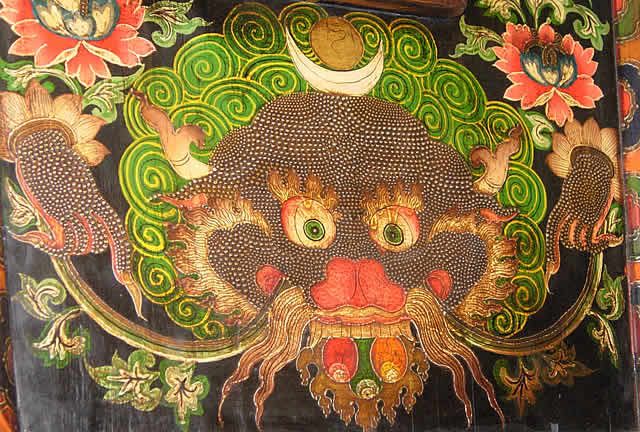 You see it in thai temples as well. 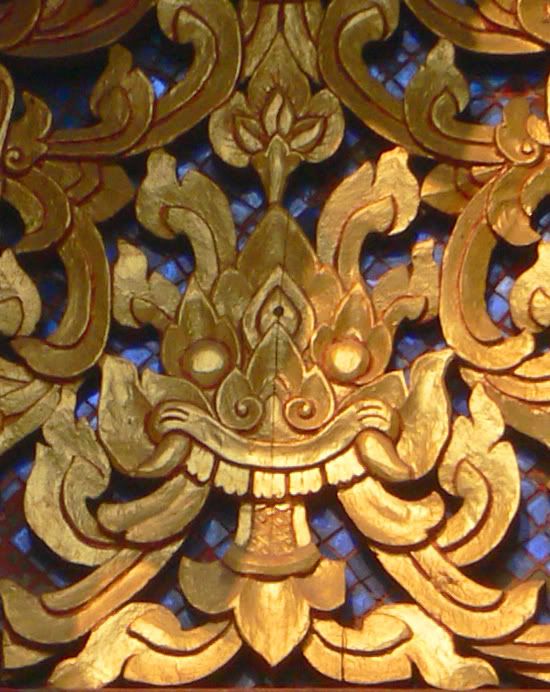 Also reminds me of the Chinese tiger shields: 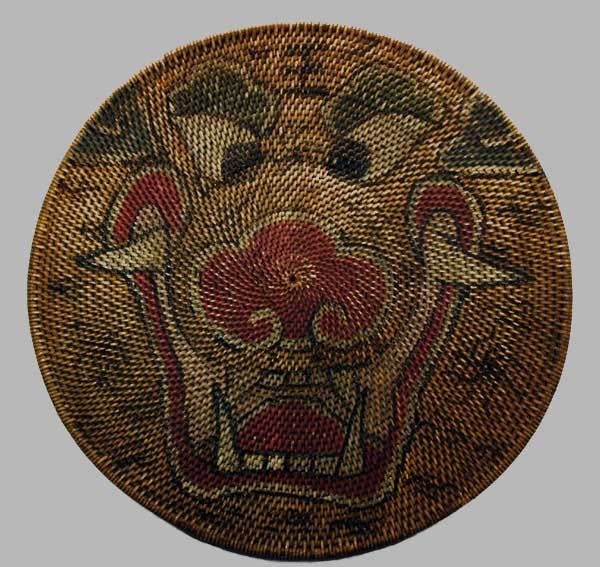 
Last edited by Nathaniel; 14th November 2009 at 10:57 PM. |
|
|

|
|
|
#10 |
|
Member
Join Date: Aug 2007
Posts: 865
|
Pictures from my recent trip similar to DhaDha's another Thai Daab/Katana Fusion.
 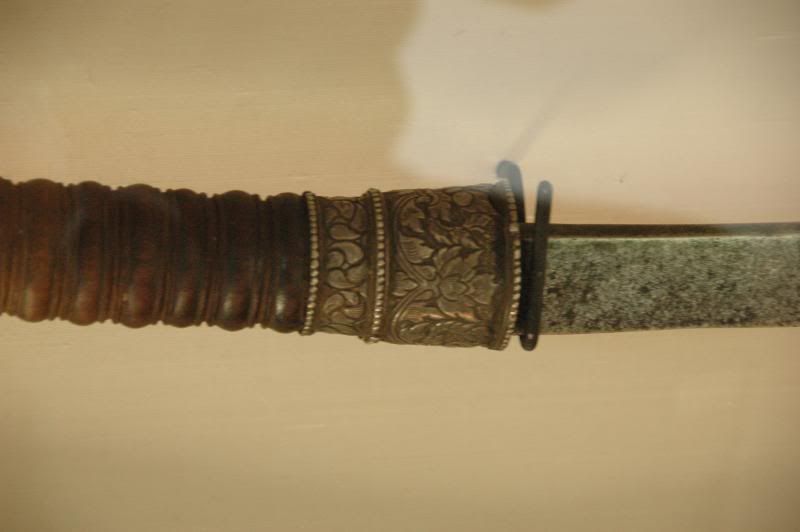
|
|
|

|
|
|
#11 |
|
Member
Join Date: Aug 2007
Posts: 865
|
Here are three that will make you all drool....from the Thai National Museum in Bangkok
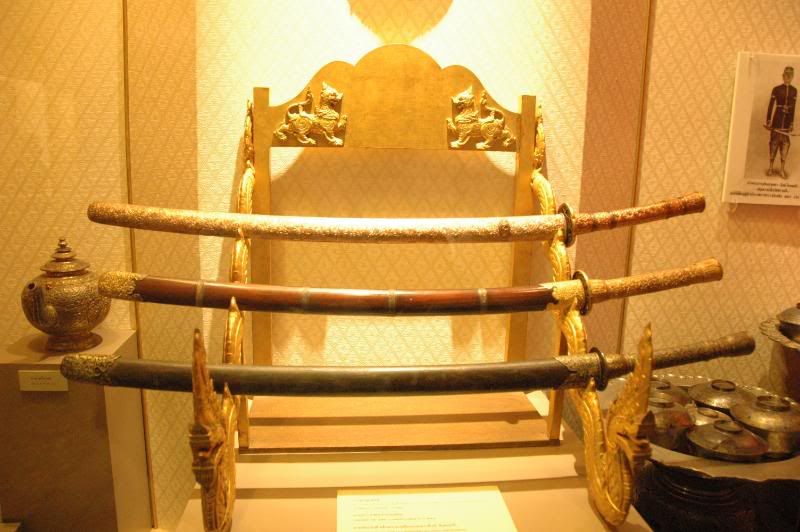 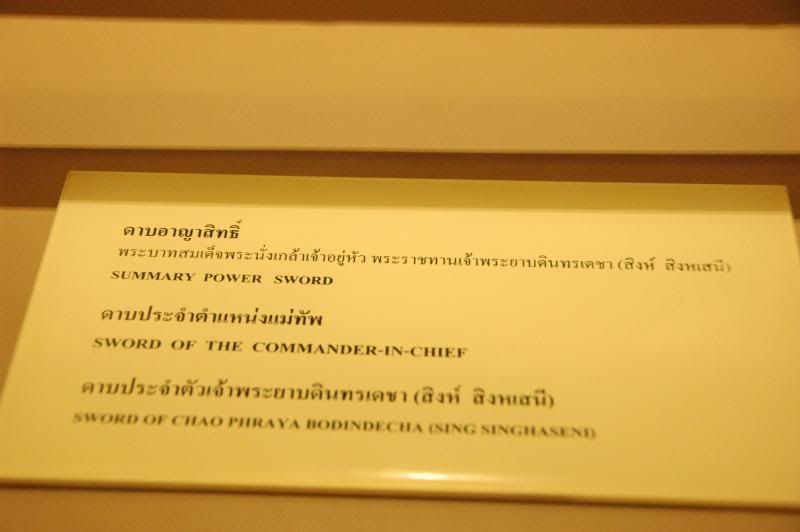 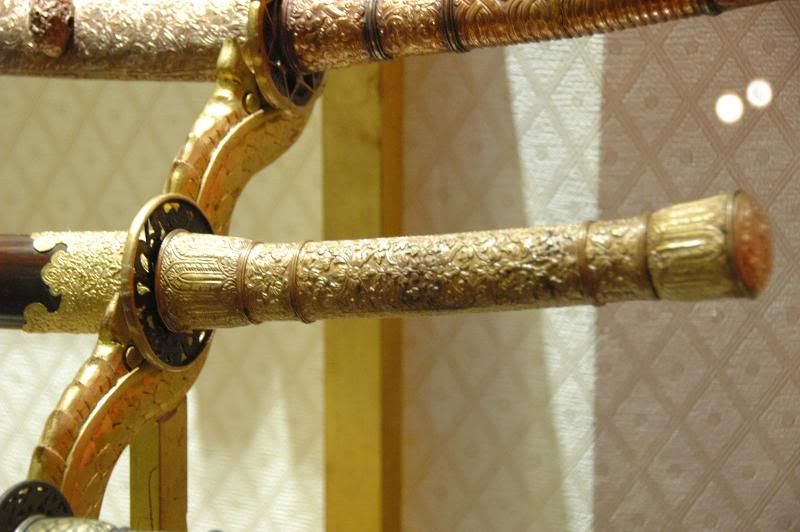 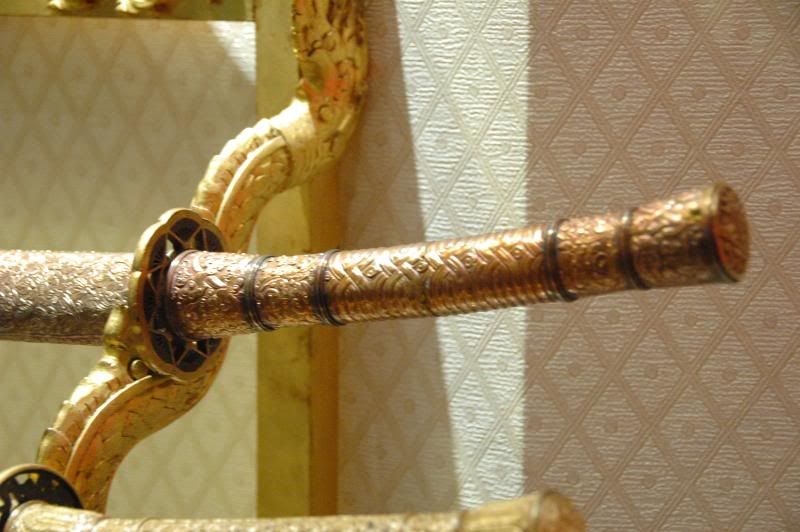 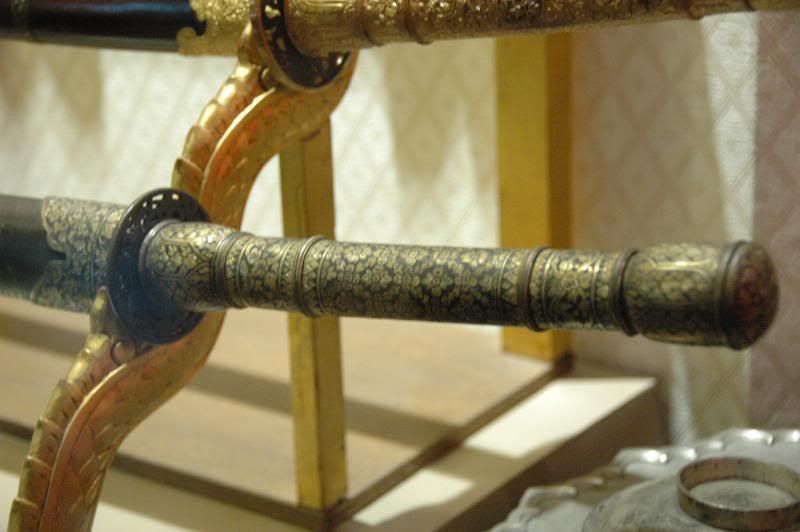
|
|
|

|
|
|
#12 |
|
Member
Join Date: Aug 2007
Posts: 865
|
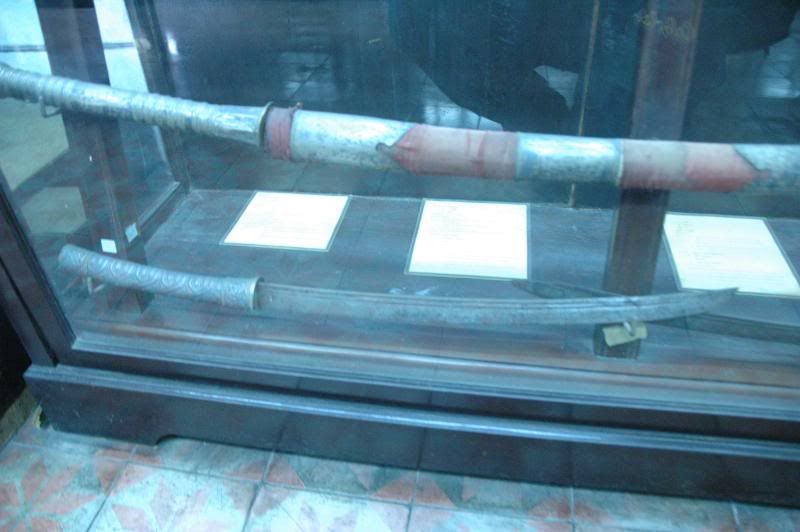
|
|
|

|
|
|
#13 | |
|
Member
Join Date: Jun 2006
Posts: 165
|
Quote:
Cheers |
|
|
|

|
|
|
#14 |
|
Member
Join Date: Aug 2007
Posts: 865
|
Here you go Shawn...it's not a clear shot...tricky with the reflection from the glass...the one similar to yours is the 7th one down from the top.
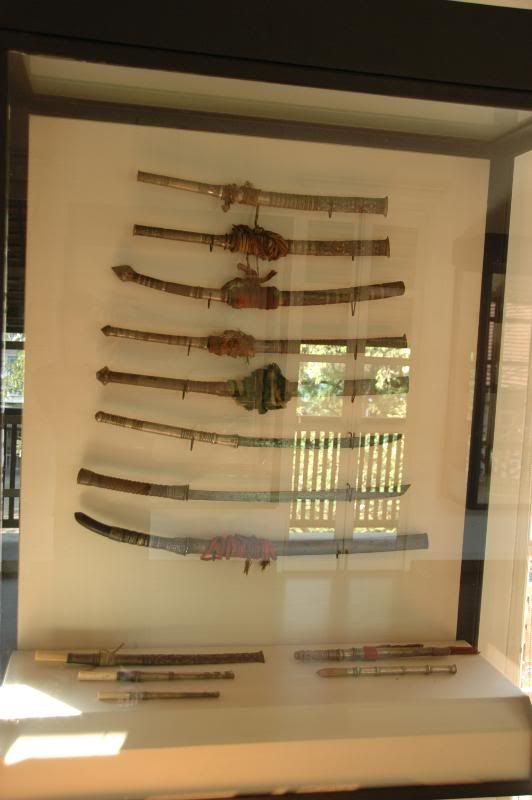
|
|
|

|
 |
|
|